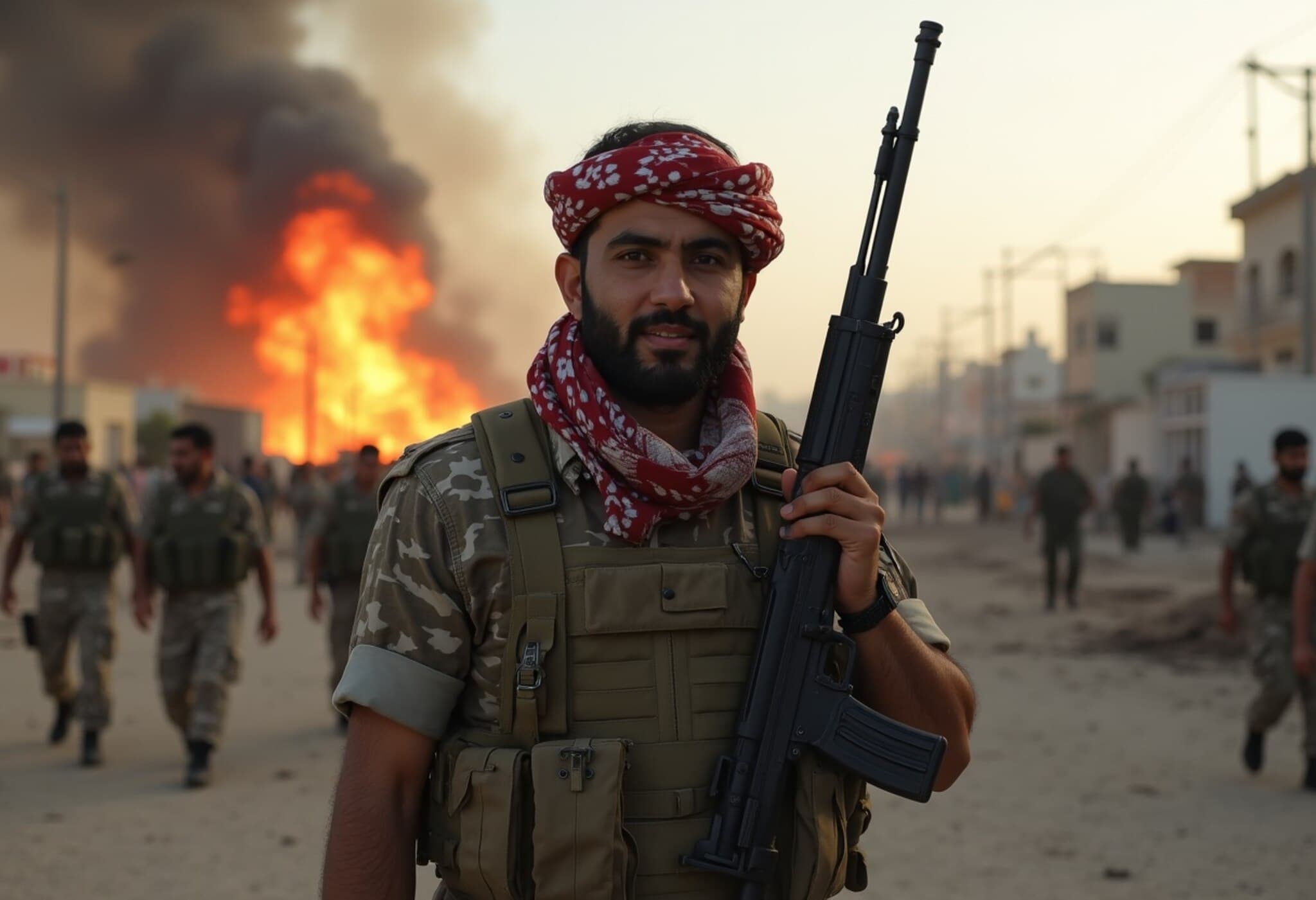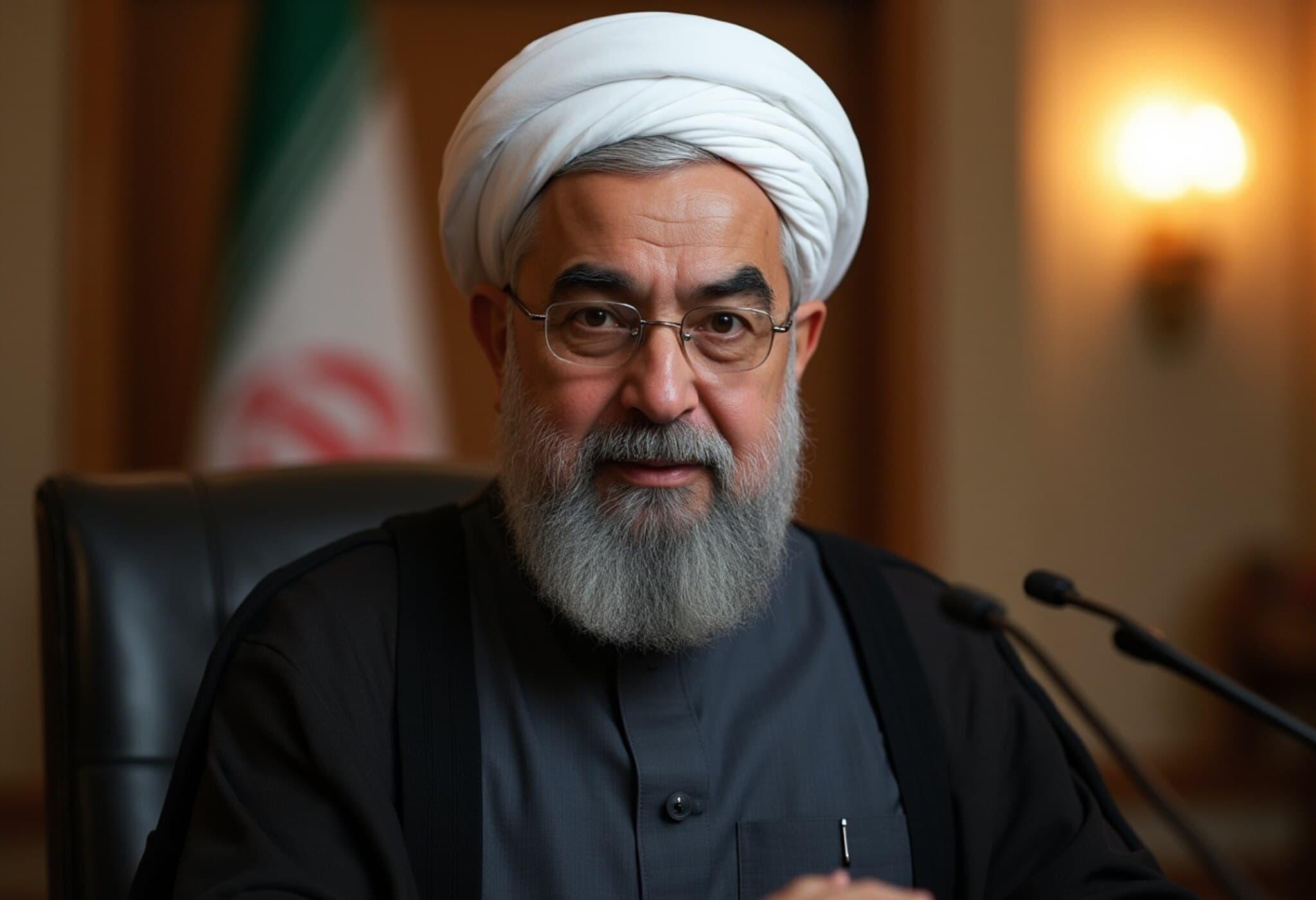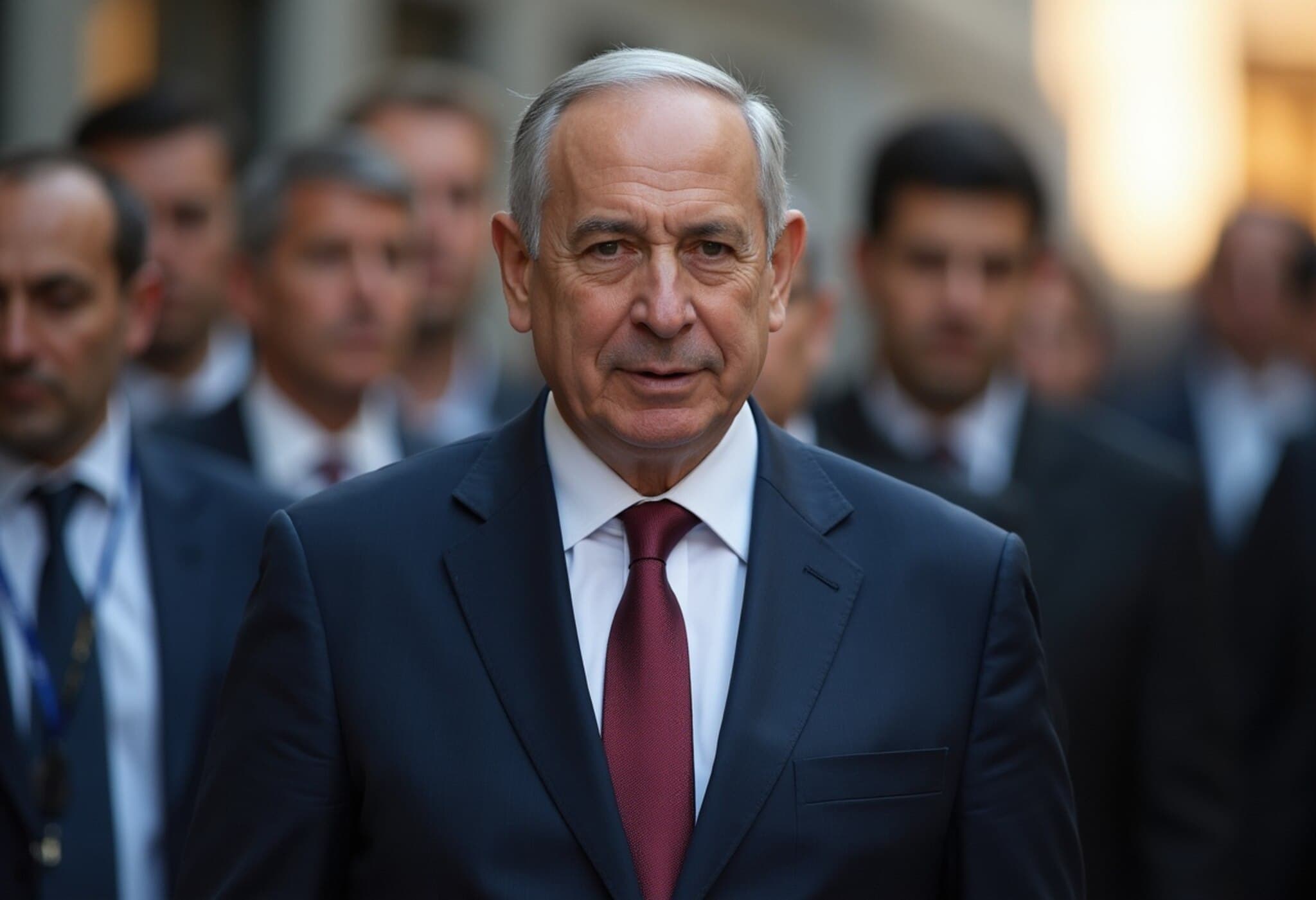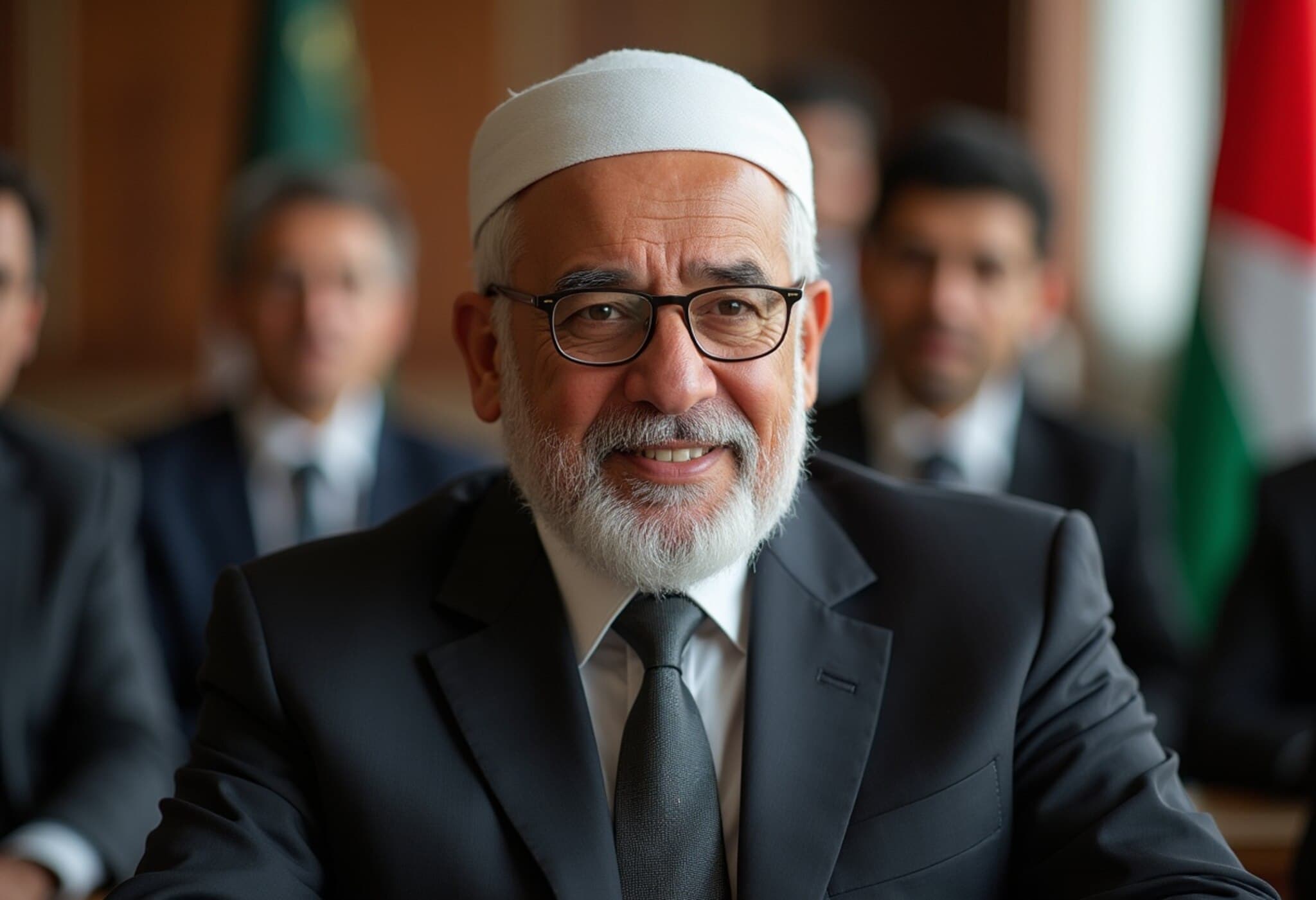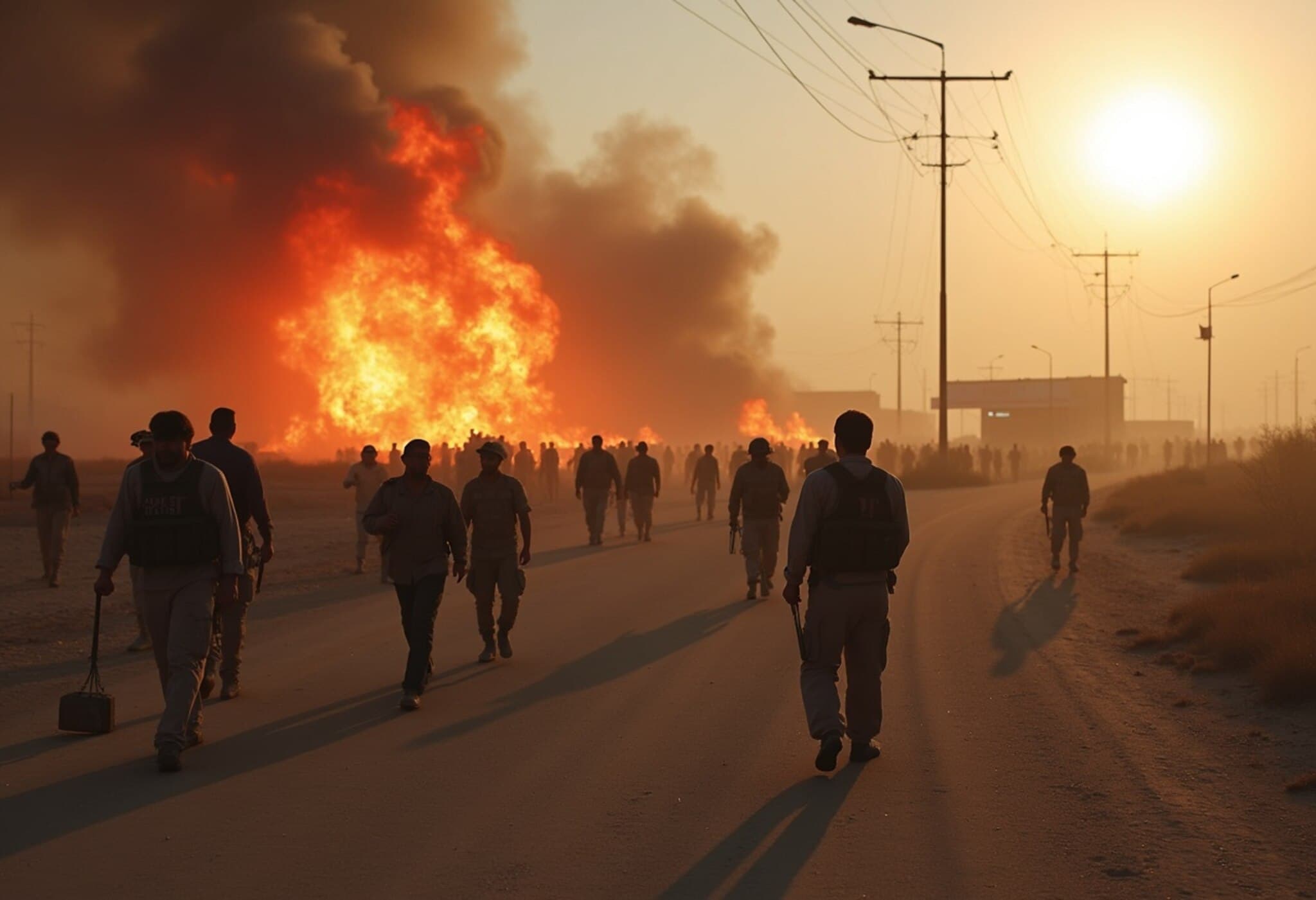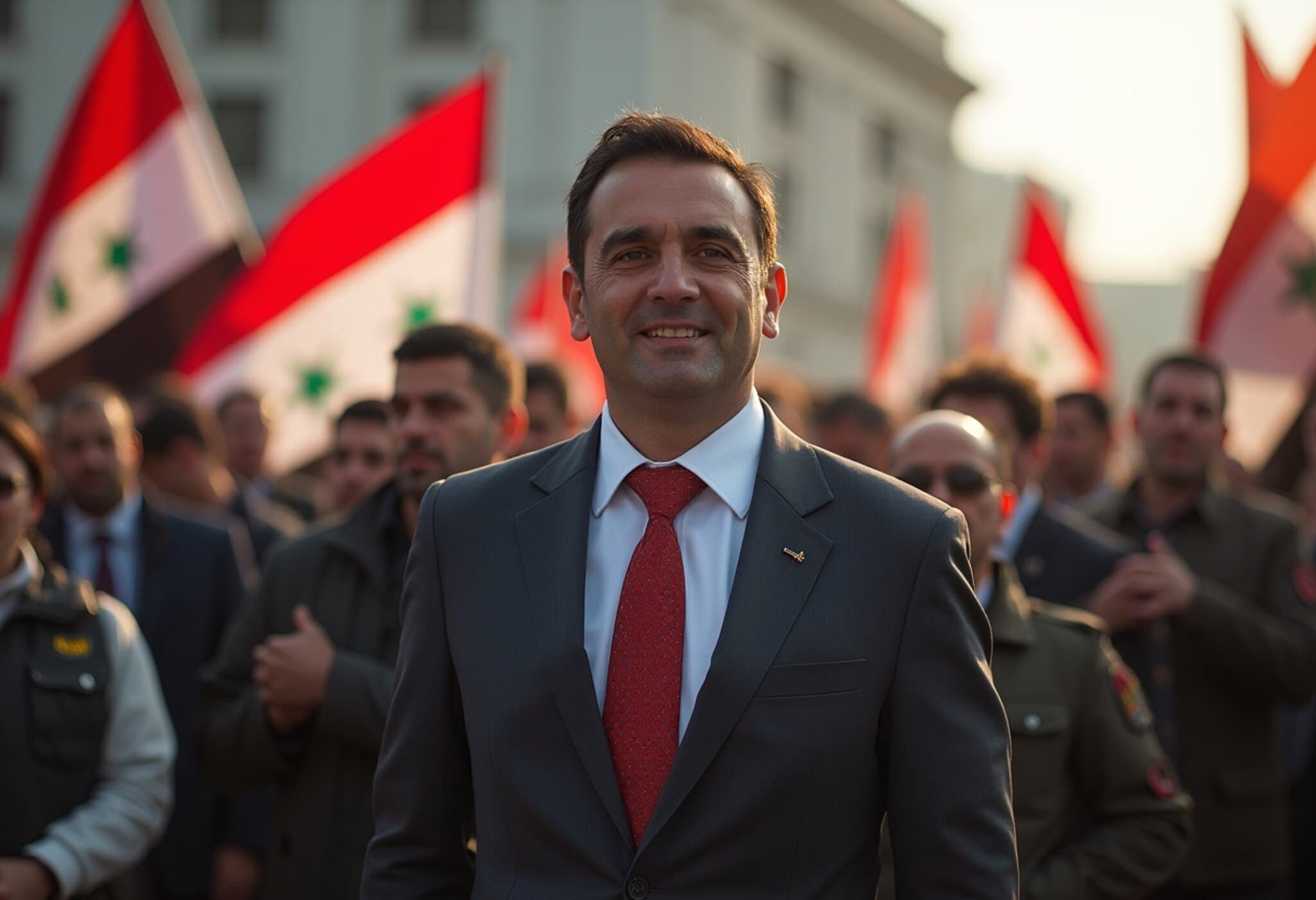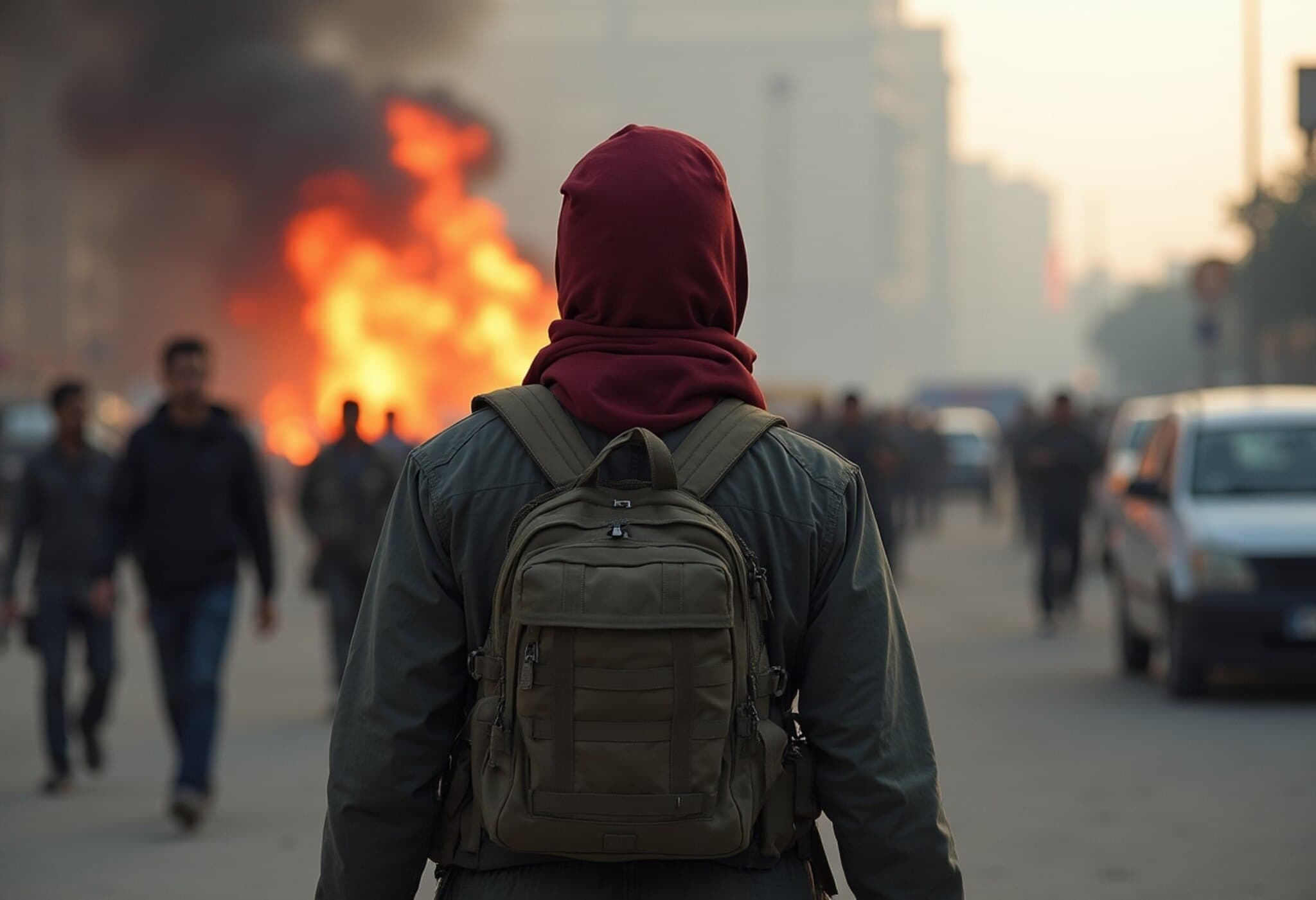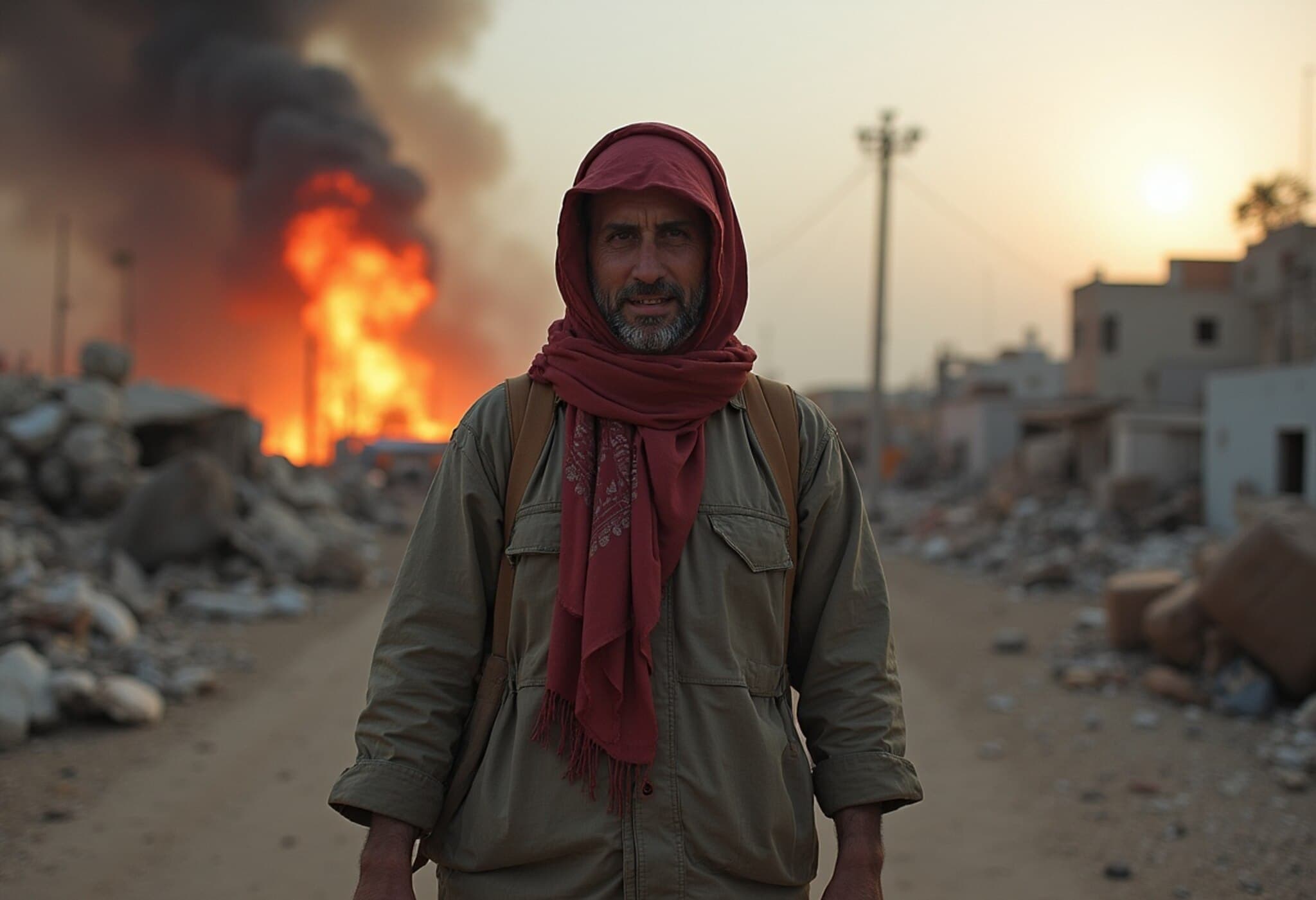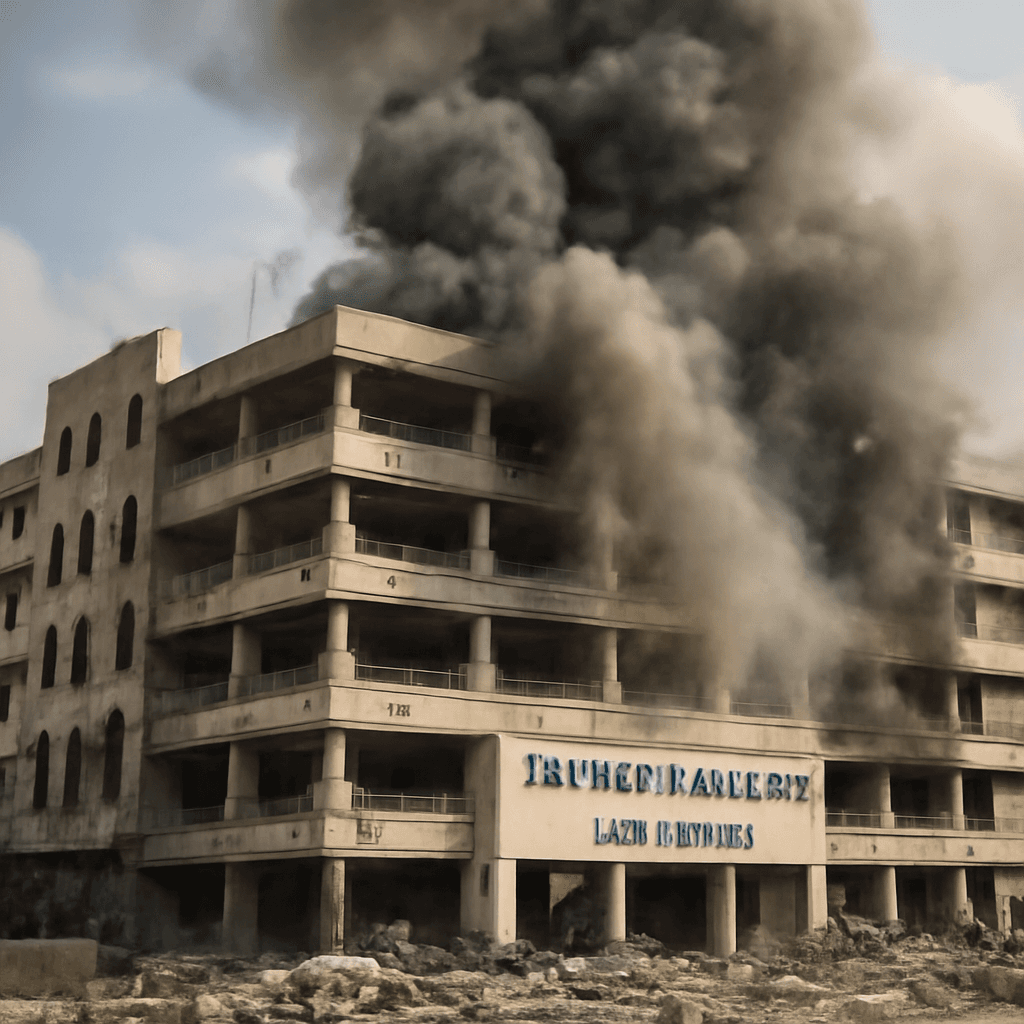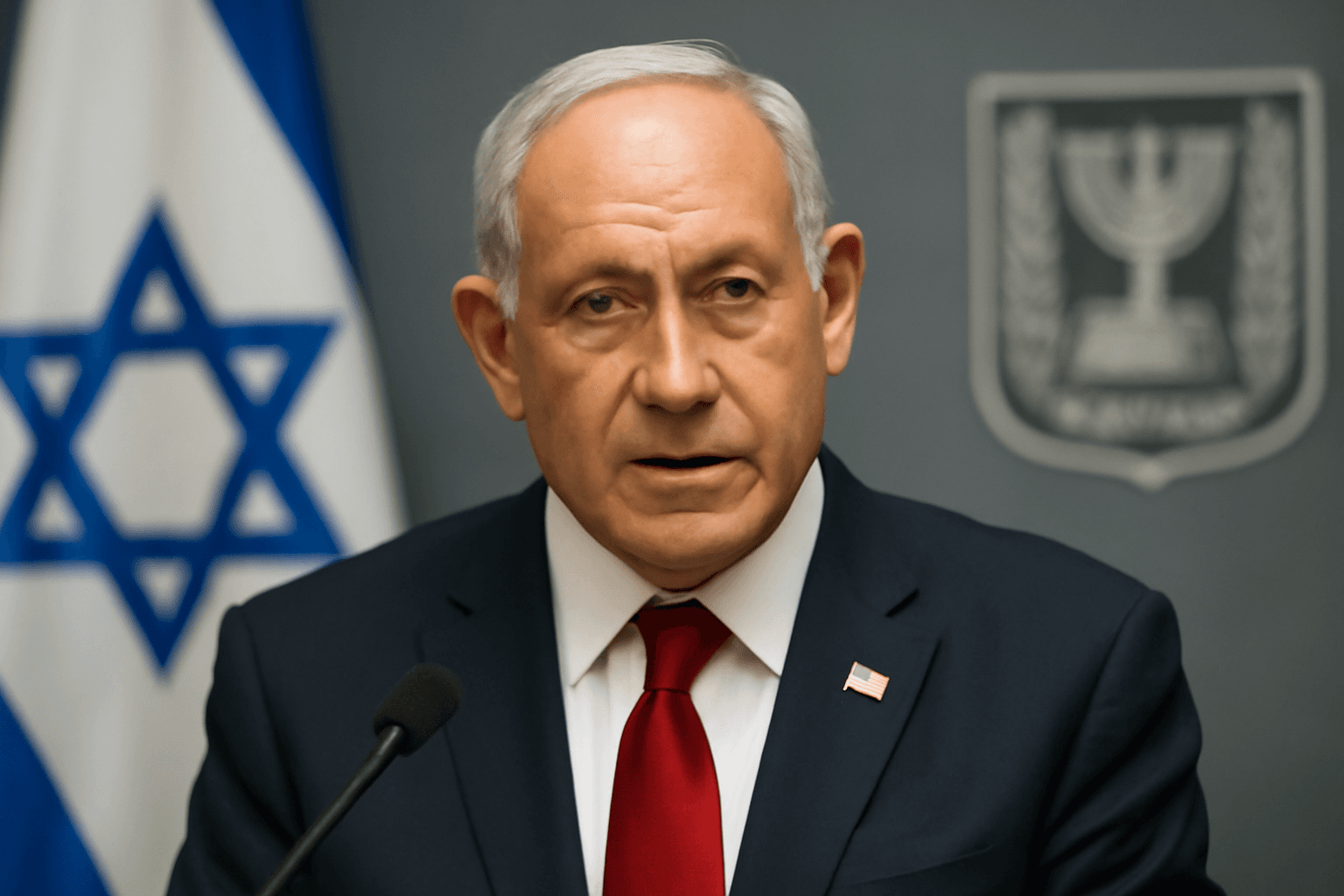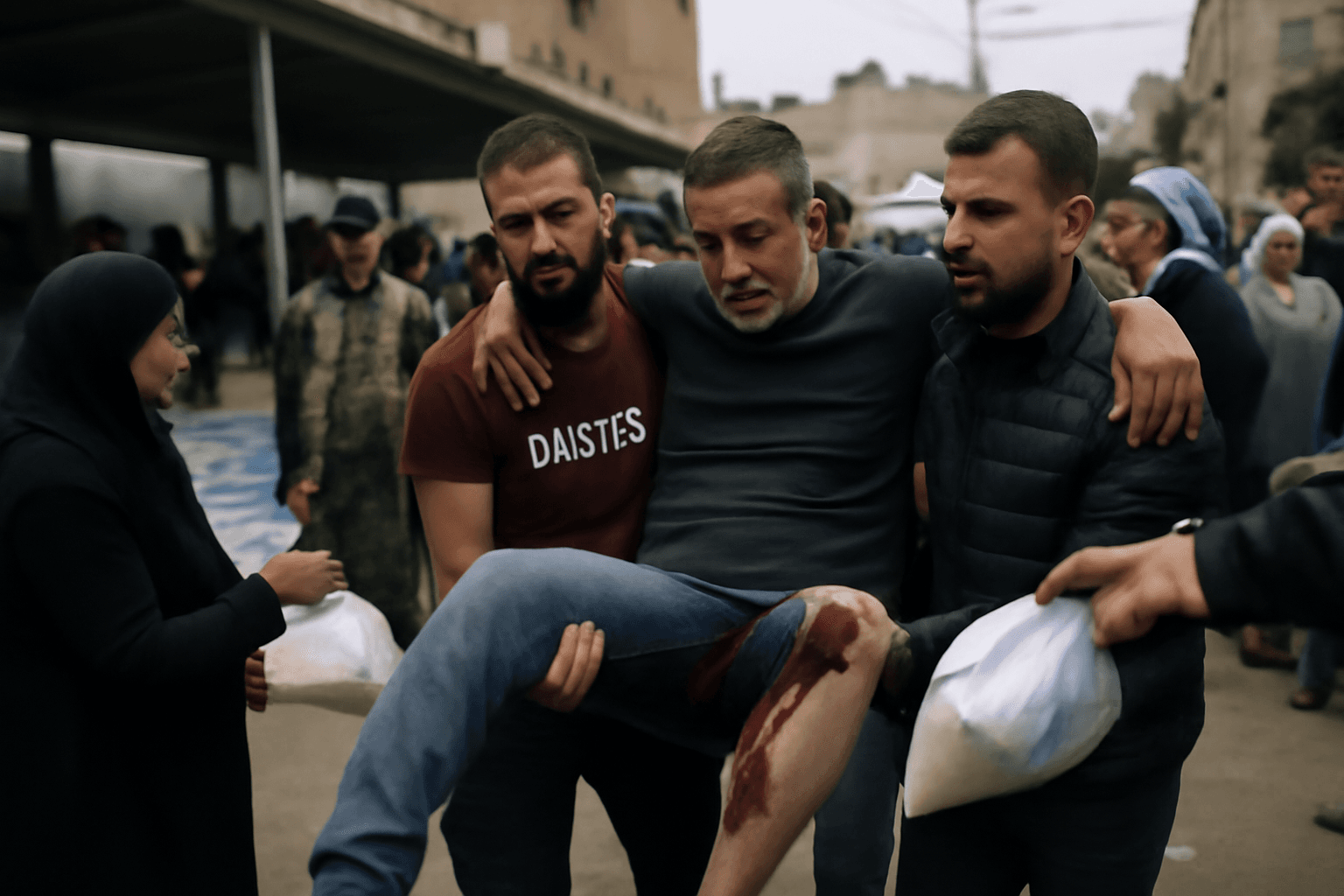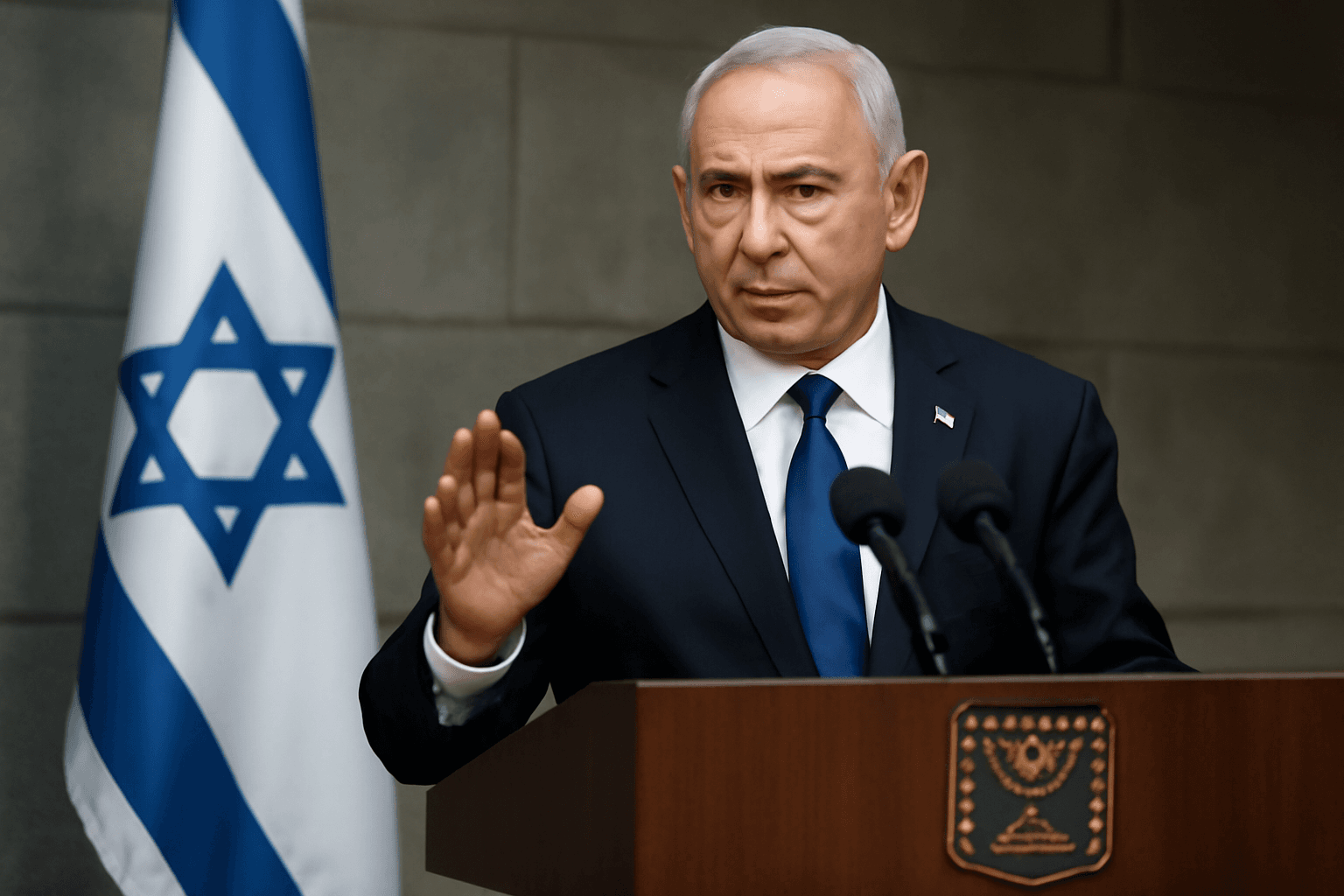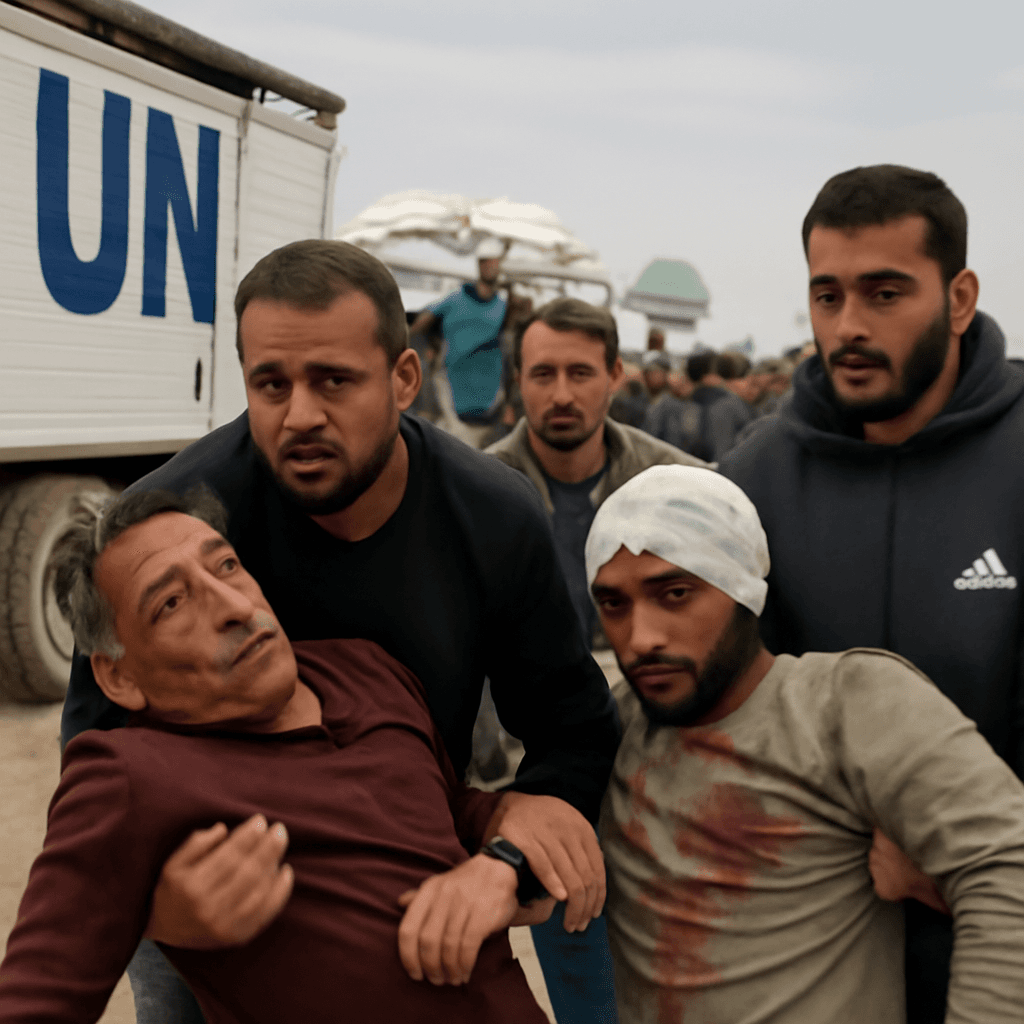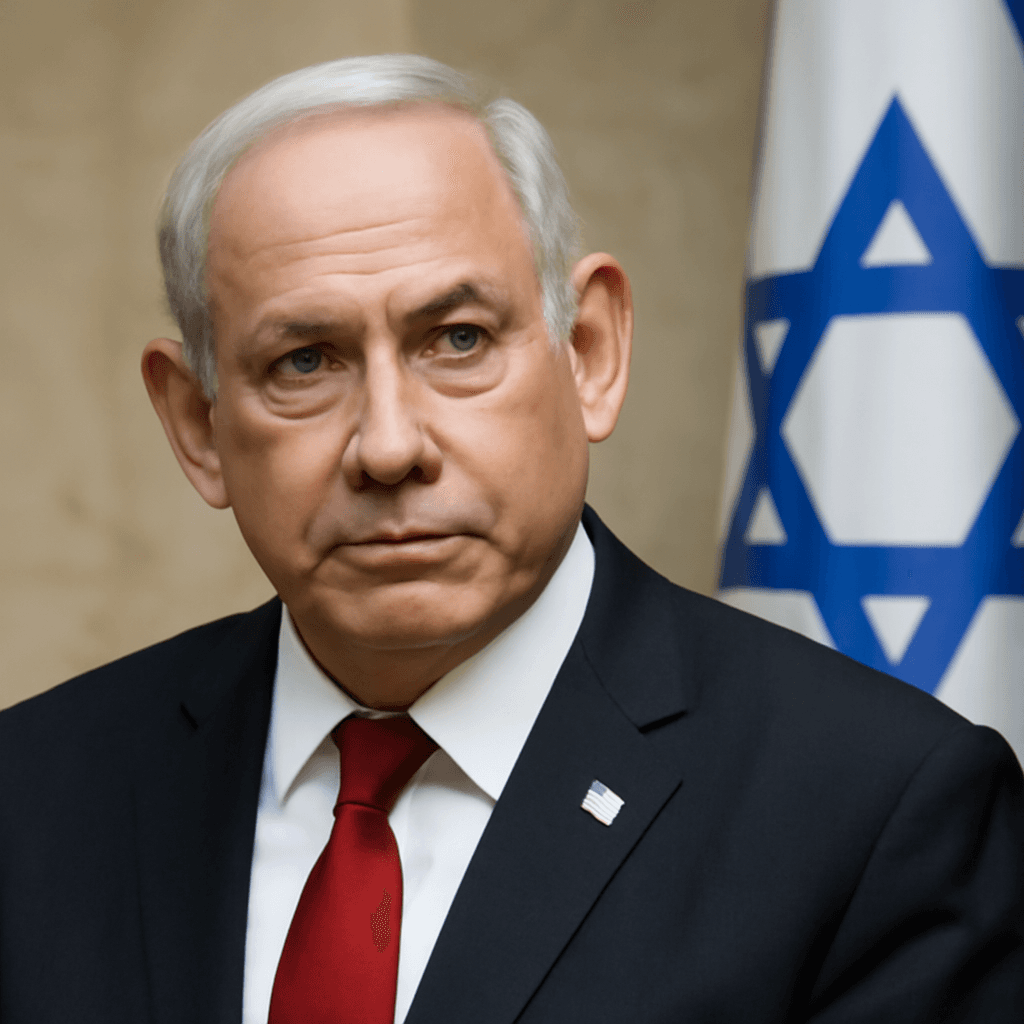Israel Targets Hamas Naval Commander in Precise Gaza Airstrike
In a calculated military operation on June 30, 2025, Israel’s Defense Forces (IDF) announced the death of Ramzi Ramadan Abd Ali Saleh, the head of Hamas’ naval command in northern Gaza. The strike, executed by an Israeli fighter jet over Gaza City, underscores Israel’s ongoing campaign to dismantle Hamas’ military infrastructure amid the protracted conflict.
Details of the Airstrike and Its Significance
The IDF described Saleh as a key operative within Hamas, recently involved in orchestrating maritime attacks targeting Israeli forces. The statement emphasized that Saleh’s death deals a significant blow to Hamas’ naval capabilities, an often overlooked but increasingly consequential front in the Israeli-Palestinian conflict.
Alongside Saleh, the strike eliminated two other senior Hamas members—Hisham Ayman Atiya Mansour, deputy head of the group’s mortar unit, and Nissim Muhammad Suleiman Abu Sabha, also part of the mortar team. These coordinated strikes reveal a focused Israeli effort to degrade Hamas' tactical operations on multiple fronts.
Context: The Broader Military Campaign Against Hamas
This airstrike is part of a series of targeted operations aimed at Hamas leadership, including figures such as Mohammed Deif, the military commander, and Mohammed Sinwar, brother of a former leader. According to Israeli military officials, these efforts intend to erode Hamas’ command structure and thwart future attacks, particularly as escalations between the groups resume.
Humanitarian Fallout and Regional Implications
The Gaza conflict has had a devastating toll on civilian populations, with health officials reporting nearly 6,860 Palestinian deaths and over 24,200 injuries since hostilities reignited in March 2025. Cumulatively, the conflict has led to the death of more than 57,400 Palestinians and over 136,000 injured over the last two years.
With a population of approximately 2.3 million, the majority of Gaza’s residents have been displaced, facing severe shortages of aid and essential services. Despite the extensive destruction and loss of life, Hamas continues to exert control over parts of Gaza and vows to persist in its resistance against Israeli operations.
Analyzing the Strategic and Legal Dimensions
From an international law perspective, targeted killings of militant leaders remain contentious, raising debates about the balance between military necessity and the protection of civilian lives. Experts note that while Israel asserts its right to self-defense, the recurring cycle of violence highlights the urgent need for renewed diplomatic engagement.
Moreover, the maritime domain plays a critical but less publicized role in the conflict, with Hamas leveraging waterways to challenge Israeli naval dominance. Neutralizing figures like Saleh not only disrupts militant attacks but also signals Israel's intent to control all dimensions of the battlefield.
Looking Ahead: What This Means for the Conflict
As ceasefire negotiations falter, the risk of prolonged violence remains high. The death of high-ranking militants may offer short-term tactical advantages but could also galvanize further resistance, complicating efforts toward a sustainable peace.
Policymakers, especially in the United States and Europe, confront a complex dilemma: how to support legitimate security concerns without exacerbating humanitarian suffering or undermining prospects for a durable resolution.
What to Watch For
- The impact of continued targeted airstrikes on Hamas’ operational capabilities
- Responses from Palestinian leadership and civilian communities in Gaza
- International diplomatic efforts to broker a ceasefire or long-term peace agreement
- The humanitarian situation, including displacement, health crises, and aid access
Editor’s Note
The killing of Ramzi Ramadan Abd Ali Saleh highlights the ongoing intensity and multidimensional nature of the Israeli-Hamas conflict. While such strikes aim to weaken militant forces, they also underscore the staggering human cost and complex path toward peace. As the international community watches closely, questions remain: Can military actions be balanced with humanitarian priorities? And how might shifts in strategy influence the long-term stability of the region?
By bringing attention to less visible elements like naval operations and operational leadership, this report aims to deepen understanding of the conflict’s evolving dynamics. Continued coverage will focus on both the immediate military developments and their wider geopolitical implications.

